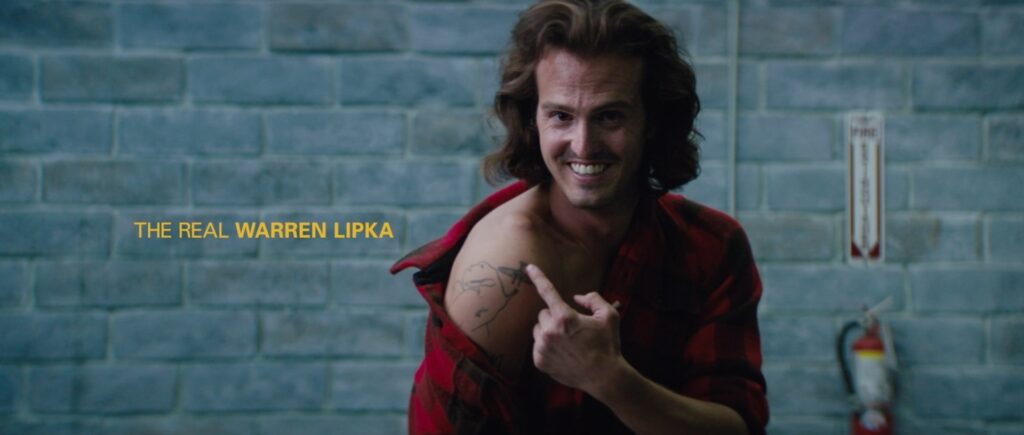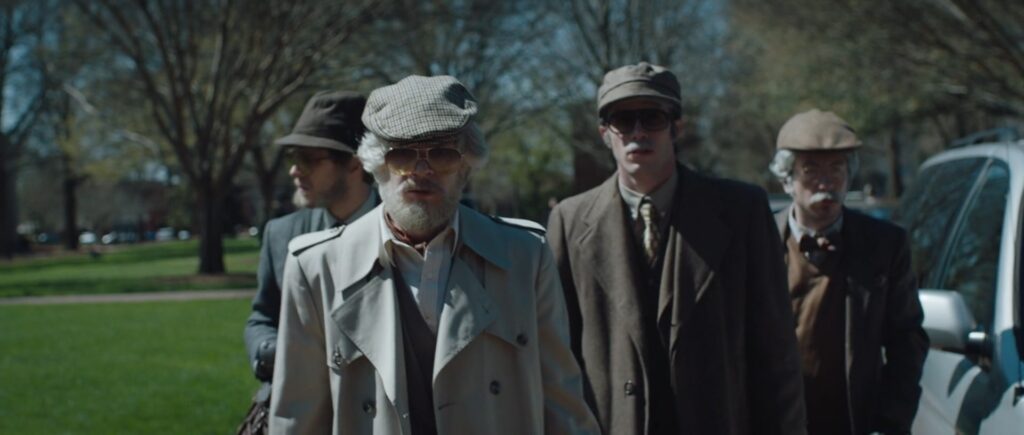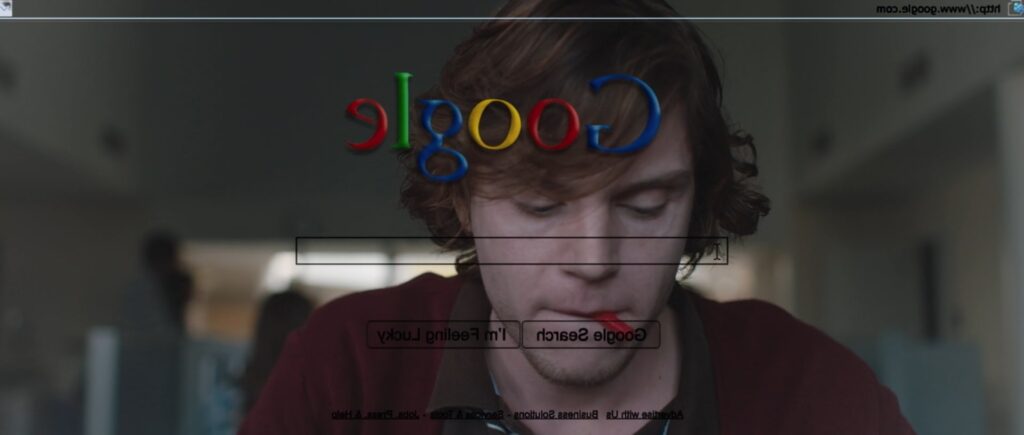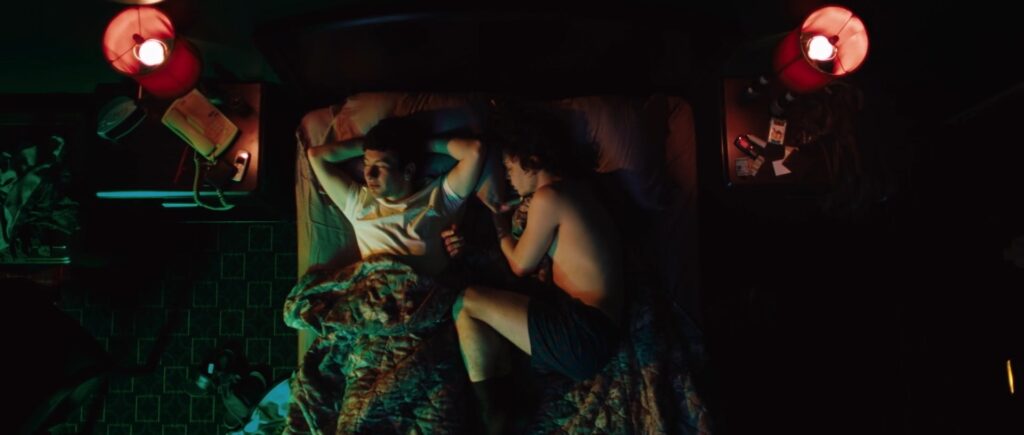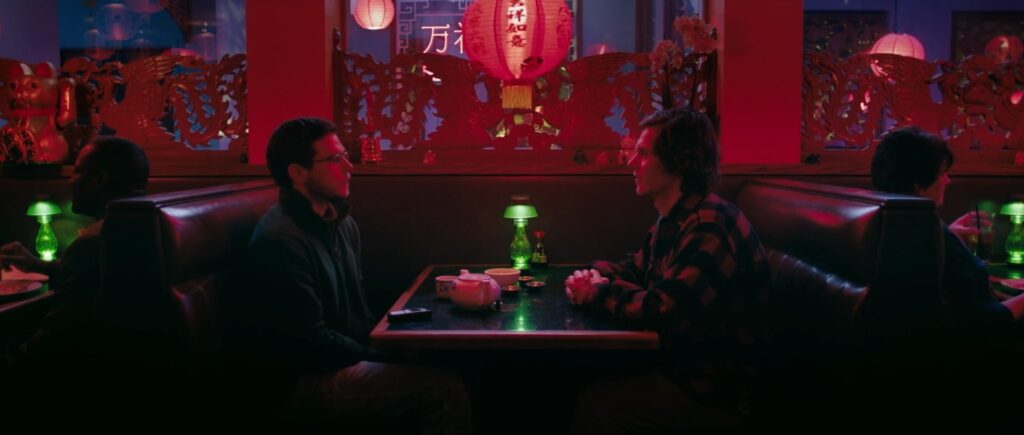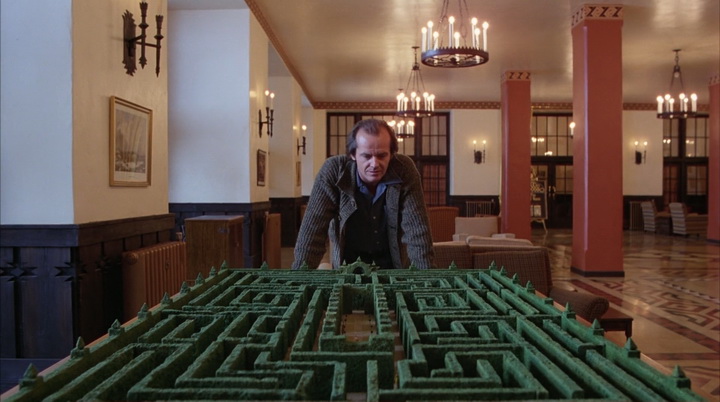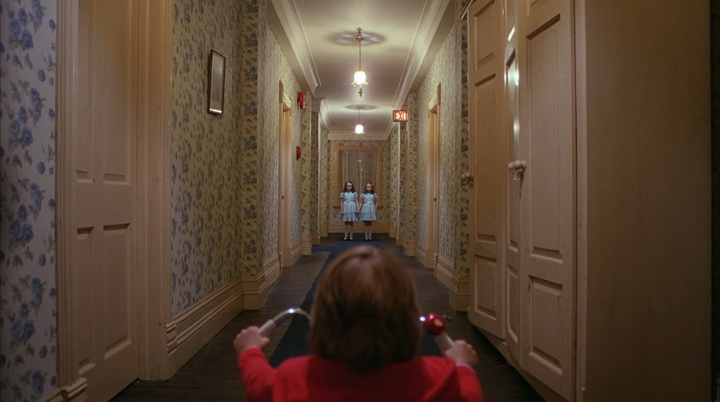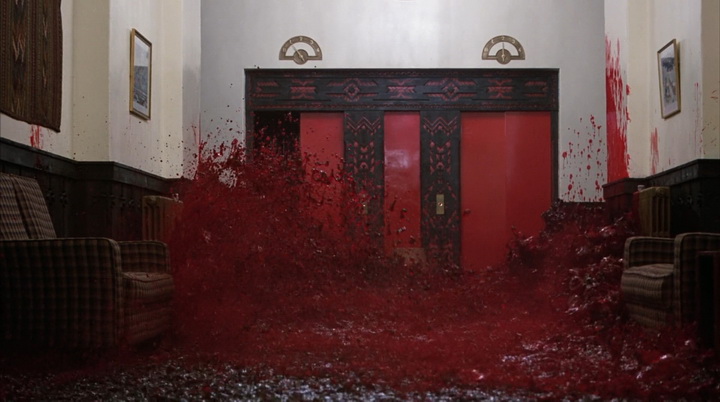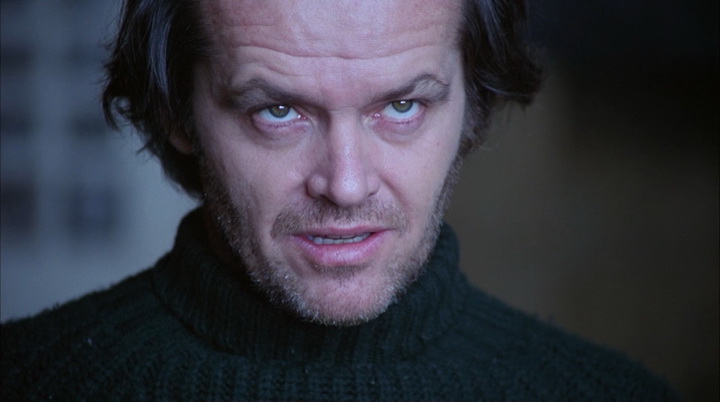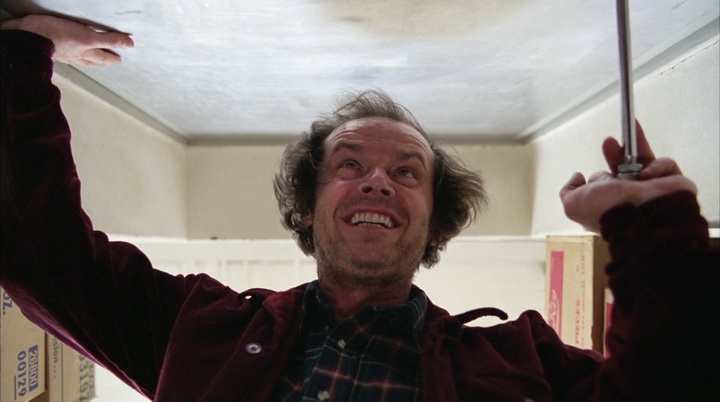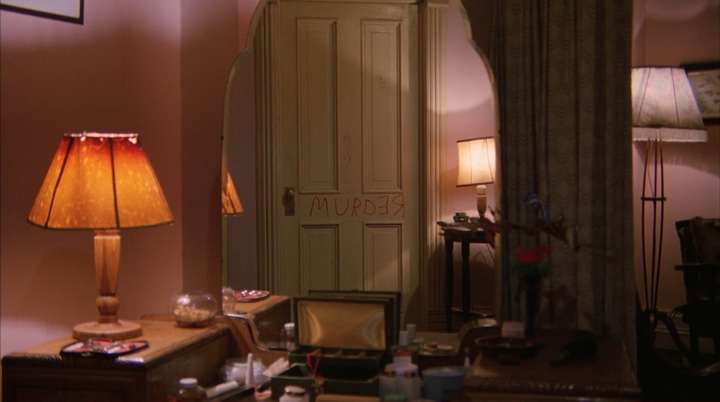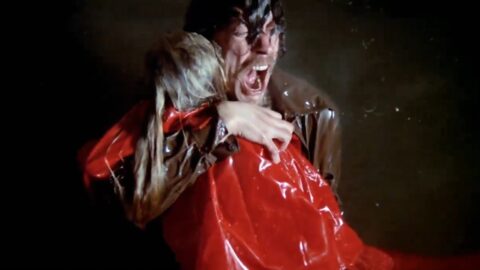Lord of War tells the story of Yuri Orlov, a Ukrainian immigrant who is in the arms dealings business, and dealing with war lords in the most dangerous territories of the world.

Initially the movie doesn’t seem anything special and feels like another rise to power story that we’ve seen several times, but gradually the deeper message behind the film is revealed. The film’s director Andrew Niccol (known for writing the Truman Show) usually has political or social themes involved in his stories. In Lord of War, Yuri’s morality is questioned. As his clients murder hundreds of innocent people, he takes pleasure in making large amounts of money he’s gotten from it, and this makes him come off as a pathetic and unlikeable person.
The film has strong cinematography and editing that keep the audience engaged with the variety of situations that occur, and therefore the film never feels boring. Nicolas Cage’s lead role as Yuri is one of the actor’s better performances. Throughout the movie his character narrates parts of the story, and the narrations is fine for the most part, but in some instances it feels overdone and using visual elements and dialogue in more creative ways would’ve been a better decision. Although this is a minor issue and the film is intriguing and well-made in nearly every aspect.
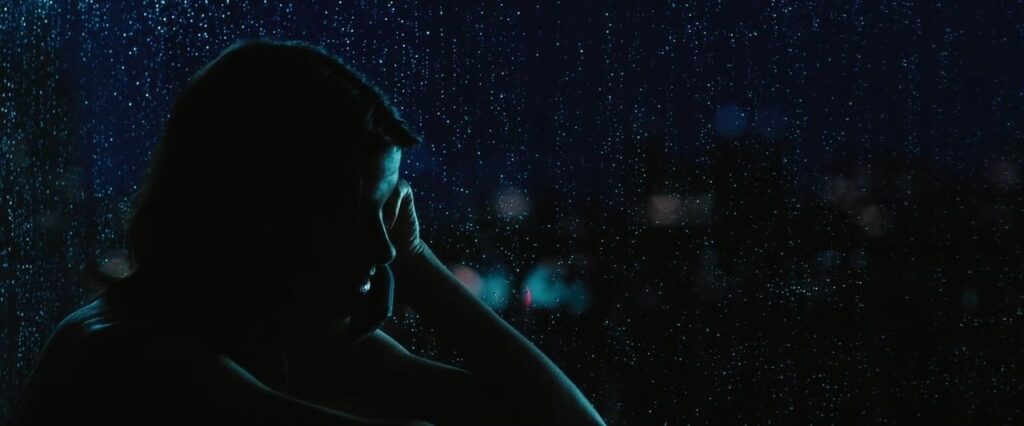
Lord of War cleverly portrays human being’s desire for violence, and that in the end, war-seeking governments and warlords are the real winners. It doesn’t matter if Yuri Orlov keeps doing his business, and as he says himself: “Evil Prevails.”







